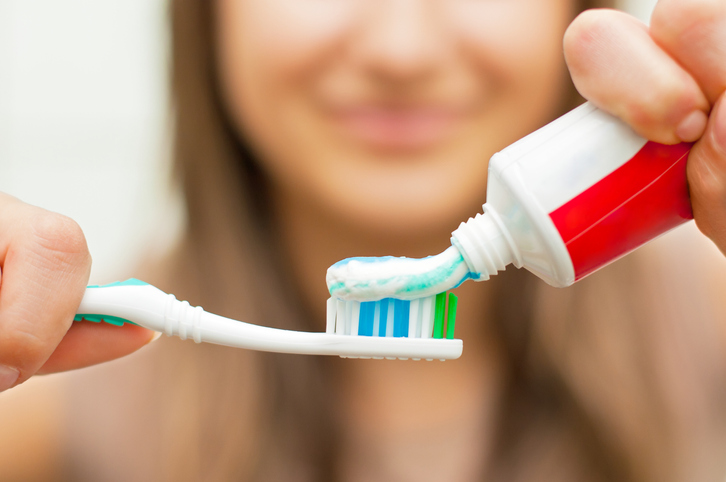Toothpaste is an everyday product, used daily by people from around the world in an effort to maintain their dental hygiene. There are countless varieties to choose from—toothpaste meant to whiten teeth, protect enamel, treat gum disease, and the list goes on. But toothpaste wasn’t always this accessible, or even pleasant, to use. In fact, early forms of toothpaste were harsh and rudimentary.
If you’re considering a career in this field, then you might want to know how far we’ve come in terms of dental hygiene—and how it all started. Here is a short history of one of the most commonly used products in our daily lives.
How Dental Powders Were Used as Toothpaste in Ancient Cultures
The toothpaste you’ll see plenty of as a dental assistant has a long and complex history. In fact, the use of toothpaste dates as far back as 5000 B.C., when ancient Egyptians experimented with different powders meant to clean teeth. These powders came in a range of ingredients, some included rock salt, mint, and dried iris flower, while others used more crude ingredients like crushed ox hooves, eggshells, and pumice—all of which turned into a kind of cream or paste when applied with water or mixed with saliva.
Other ancient cultures also had their own variations of toothpaste. The Ancient Greeks and Romans used a similar recipe, incorporating powdered charcoal and tree bark in addition to crushed bones and oyster shells. In Ancient China, these powders featured ginseng, herbal mints, and salt as key ingredients.
The ancient practice of dental hygiene mainly centered on the idea of abrasion. Dental powders were typically applied with “chew sticks” (an early form of toothbrushes). While they might sound rough and unpleasant, these methods still managed to produce clean teeth—a luxury that at the time only the wealthy could afford.
How Toothpaste Became Accessible to Everyone, Including Dental Assistants
Toothpaste experimentation continued into the 19th and 20th centuries, with many changes occurring between the 1850s and the 1950s. Toothpaste from the early 1850s included soap and chalk as ingredients. It wasn’t until 1945 that soap was removed and replaced with synthetic chemicals that do the job more efficiently—making toothpastes less abrasive than their early predecessors.
In 1873, Colgate started mass producing its toothpaste formula and selling it in tubes, effectively changing who had access to dental hygiene. This move made toothpaste a more common product for the average consumer. But the toothpastes we’ve come to know and love only started taking shape in 1914, when fluoride became a new ingredient added into the mix.

Knowing the history of toothpaste can help give you more context on oral hygiene during your intra-oral dental assistant training, or at the very least give you a deeper appreciation for how far dental hygiene has come. As a dental assistant, you might even be giving oral hygiene instructions to clients. In these cases, consider this information as fun trivia to let them know that dental hygiene has always been important.
Are you interested in becoming an intra-oral dental assistant?
Contact the CADH for more information!


